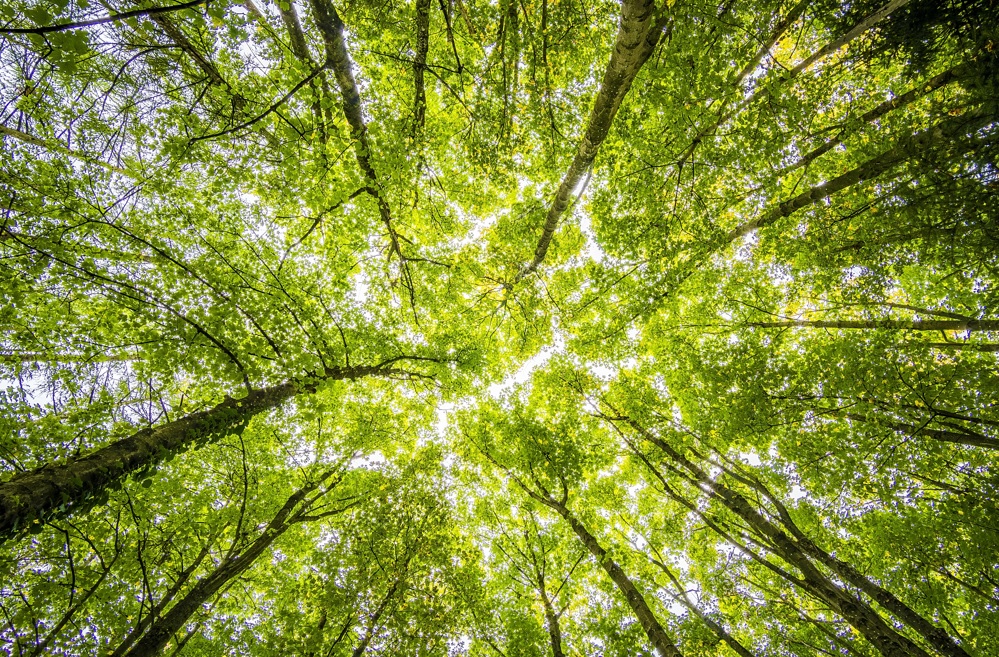Why indigenous trees should be at heart of public forests
By Print, April 11, 2025When Nobel laureate Prof Wangari Maathai stood before bulldozers in Karura Forest in the late 1990s, she was not just fighting for trees, she was fighting for the soul of Kenya’s natural heritage. To her, forests were not just green spaces, but sacred homes of biodiversity, culture, water towers, and climate resilience. And she believed fiercely that indigenous trees were the heart of this vision.
Today, that vision is once again taking root. In Karura Forest, one of Nairobi’s most treasured green spaces, exotic trees are being carefully felled in phases and replaced with indigenous species. This is not the first time Karura Forest has seen such transformation. Years ago, similar efforts bore beautiful fruit through the creation of the Wangari Maathai Grove, a serene and vibrant section of the forest that stands as a testament to what indigenous reforestation can achieve.
Yet, despite the noble intent, public outcry has flooded social media and airwaves. Many Kenyans have expressed concern and anger, fearing that the tree-cutting signals a darker intention of land grabbing, especially in light of the recent petition by the Green Belt Movement opposing the proposed excision of 51.64 acres of Karura Forest for the expansion of Kiambu Road. It is an understandable suspicion as our history is littered with tales of forests lost to greed.
But it is crucial time to separate the facts. The ongoing removal of exotic species in Karura Forest is an ecological restoration initiative, not a land grab. Unfortunately, the two major custodians of the forest fumbled with the messaging. In failing to clearly and proactively communicate the plan, they left room for doubt and suspicion. In an era where green spaces are under siege, silence breeds fear.
Still, the question remains, why does it matter whether our forests are filled with indigenous trees or exotic ones? The answer lies beneath the bark, in the soil, in the air we breathe.
Indigenous trees, such as the mukuyu (wild fig), mukau (Melia volkensii) and muthiga (Warburgia ugandensis), are perfectly adapted to Kenya’s diverse ecosystems. They support native wildlife, from birds and butterflies to bees and small mammals. Their roots hold our soil firmly, preventing erosion and replenishing water tables. They offer fruits, medicines, and cultural connections that exotic species like eucalyptus and pine simply cannot.
Exotic trees, while fast-growing and commercially appealing, are often ecological bullies. Eucalyptus, for instance, is notorious for sucking up water at alarming rates, drying up nearby streams and wetlands. Pine trees acidify the soil, making it inhospitable to other plants and fungi. In the long term, these trees strip the land of its natural resilience. They are visitors who though often uninvited, overstay their welcome and change the rules of the household.
We cannot afford to lose any more of our trees as Kenya’s forest cover has been dwindling for decades. The Constitution demands at least 10 percent forest cover; yet, as of recent reports, we are still shy of that benchmark. Our public forests are under increasing pressure from infrastructure projects, land speculation, and population growth. Every acre counts. Every tree matters. This is why plantation farming, which is always made up of exotic trees, should not happen in public forests. Let private landowners grow exotic species for timber or pulp and leave our public forests alone as they are not timber yards. Instead these fragile ecosystems are our national lungs, our climate insurance and our biodiversity banks. Converting them into monoculture plantations, no matter how green they may look, is a betrayal of their true purpose. That is why replanting with indigenous species is not just about beauty or symbolism. It is a survival strategy. As climate change tightens its grip, we need forests that work with nature, not against it. Forests that cool the air, store carbon, protect watersheds, and revive ecosystems. Forests that tell the story of who we are.
To be clear, citizens have every right to question the actions of government agencies. Vigilance is healthy. But let us not mistake ecological restoration for destruction. Instead, let us push for better communication, stronger transparency, and deeper involvement of communities in forest management. Let us also be honest that exotic plantations might look green from a distance, but they are not forests in the true sense of the word. Forests are living systems complex, diverse, and interdependent. A real forest hums with life. It has layers of growth, from ground cover to towering canopies. It breathes and shelters and heals.
We must literally return to our roots. By replanting indigenous trees in our public forests, we are not just protecting the environment. We are reclaiming identity. We are honoring the legacy of those who fought before us and planting hope for future generations.
— The writer is a Lawyer and the Advocacy Manager at The Green Belt Movement
